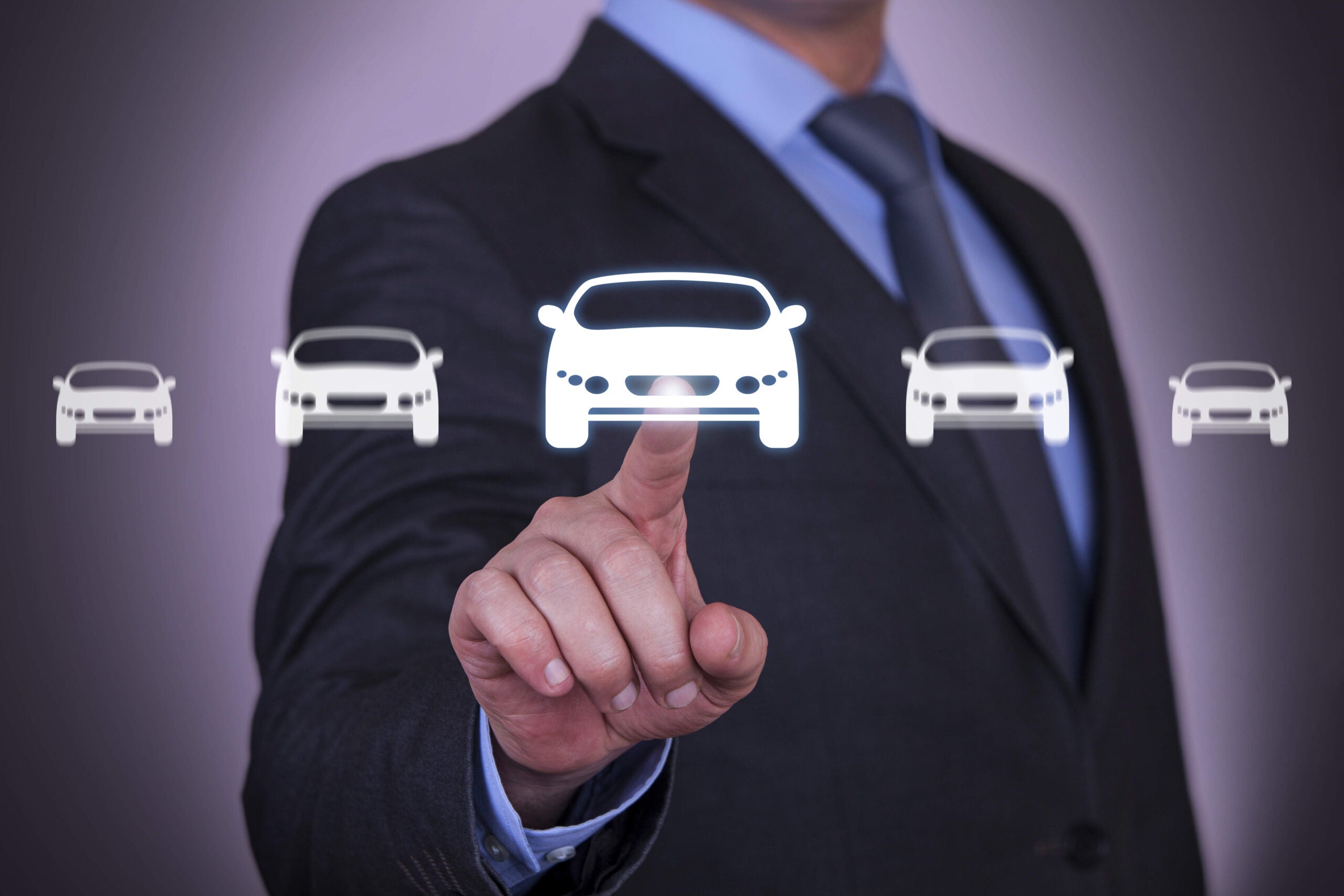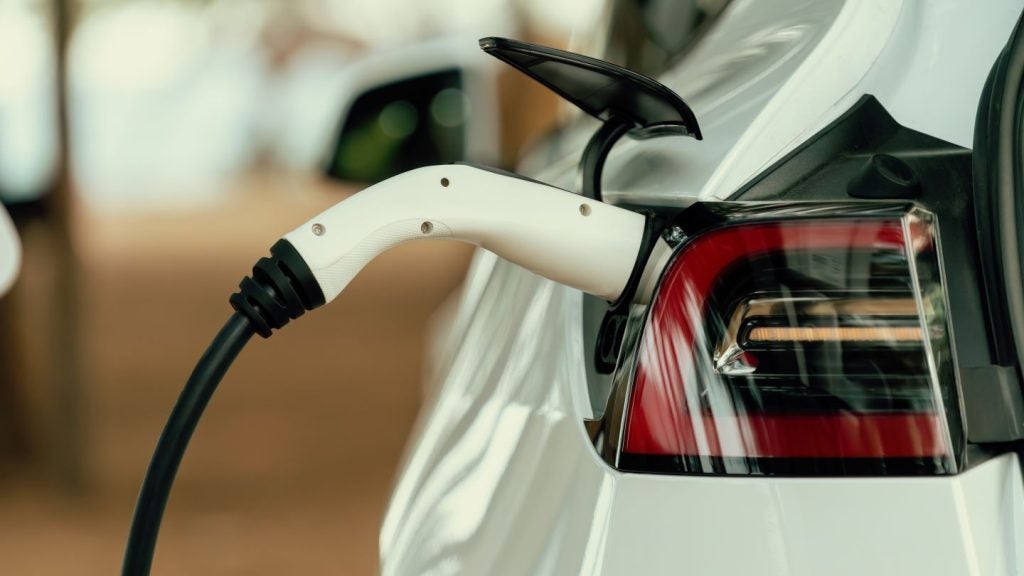
In one of the hottest industry trends, almost every vehicle manufacturer is looking at how to introduce electrification into their ranges, and how quickly they can launch, writes Andy Picton, chief commercial vehicle editor at Glass’s.
Automotive manufacturers have to meet strict vehicle-emissions targets. This is one reason that electrification has to happen.
Every day we hear of new vehicle electrification, whether it be full-blown battery electric vehicles (EVs), plug-in hybrid electric vehicles (PHEVs), or even mild hybrid technology such as the new 48V systems in vehicles from Kia and Hyundai.
However, there is a danger that what is innovative and relevant today may become outdated very quickly, due to the speed of technological evolution.
It is intriguing to read research carried out by Leroy Cronin and his team at Glasgow University.
Their ‘hybrid-electric-hydrogen’ flow battery uses nanoscale battery molecules that can store energy and release it on demand as either electric power or hydrogen gas for fuel. The team says it may be possible to use this technology in EVs.
How well do you really know your competitors?
Access the most comprehensive Company Profiles on the market, powered by GlobalData. Save hours of research. Gain competitive edge.

Thank you!
Your download email will arrive shortly
Not ready to buy yet? Download a free sample
We are confident about the unique quality of our Company Profiles. However, we want you to make the most beneficial decision for your business, so we offer a free sample that you can download by submitting the below form
By GlobalDataOnce the stored energy is used, a draining process followed by a filling process allows the vehicle to be ready for use again.
The drained fluid requires recharging prior to reuse, meaning it would be feasible to recharge an EV in minutes, just like filling an internalcombustion engine vehicle with fuel.
If this technology became mainstream, and fuel stations could deliver liquid battery fluid through existing infrastructure, it would propel EV interest greatly.
Many other researchers all over the world are also working on this type of battery, such as the team at Harvard University who are also developing flow battery technology.
This type of technology could transform the industry, enabling manufacturers to develop EVs without including massive, heavy and space-consuming battery packs in their designs.
This would lead to future EVs that are much lighter, much more efficient, and also much cheaper. It would also remove two of the biggest issues holding back EV sales: finding somewhere to charge a battery, and the time it takes to replenish the charge.
It is still too early to know all the details. How and where is the fluid charged? How long and complicated is the process?
How long does the fluid hold the charge? How much fluid delivers the muchsought-after longer EV ranges?
VEHICLE DEVELOPMENT
A key concern for many manufacturers is exactly how quickly things are moving, how battery technology will change, and what effect it will have on the vehicles they are developing today using current technology.
Before we factor in autonomy, EVs of the future will be different from those of today, and that is the biggest issue for manufacturers. How much do they invest in current technology?
How quickly will it change? And what effect will the changes make on the future values of their vehicles?
Examples of how manufacturers are changing development cycles include BMW’s venture with Sila Nano, which is working on a new anode material promising significant performance boosts for lithium-ion batteries.
BMW believes this technology will deliver 10-15% increases in energy-storage capacity in lithium-ion batteries, and hopes the technology will improve its EVs’ ranges.
Although there is much research into EV battery technology, it looks likely that, for the next five years, lithium-ion will remain dominant.
The BMW-Sila venture shows improvements to the technology are likely over time, as well as the development of new battery technology such as the flow battery.
Improved efficiencies and aerodynamics, coupled to weight reductions, could be the turning point for EVs that will not just rely on ever-larger batteries.
Employing these efficiencies could improve energy usage; from for example, 3.5 miles per kW to 4.2 miles per kW with a 50kW battery on board would extend the EV range from 175 to 210 miles.
This could mean EVs evolve rather more quickly than their internal-combustionengine counterparts, meaning early models could age quickly. However, this does not mean current EVs will be of no use.
They still work perfectly for lighter users who can easily charge at home. As awareness increases, more people will realise that they can live with an EV comfortably, making them an ideal second car.
The fact that they will not be the most innovative or have the best range will ultimately mean their residual values will decline more than EVs with better ranges.
However, this will likely be a gradual reduction as EV ranges increase over time. Another issue is what happens to lithiumion batteries that no longer have the capacity to power an EV.
There are two possible routes:
• Reuse the battery to store surplus naturally produced electricity from solar panels or wind farms for use when the energy is not being produced, or
• Recycle the batteries using ultra-high temperatures to extract the base metals including cobalt, nickel and lithium.
With WLTP in place, company cars have become extremely expensive when considering benefit-in-kind (BIK) taxation.
The increases in BIK will drive more company car users into PHEVs and EVs as users search for sensible financial solutions. This will lead to rapid increases in the uptake of new vehicles.
Within a short cycle, this increase will play out in the used market, with increases in the number of used PHEVs and EVs improving visibility, awareness and acceptance.
As with many new technologies, stakeholders need to work together to educate users, dealers and the rest of the industry to the possibility of living with EVs on a daily basis. This will open minds to the possibility of replacing internal-combustion engines.







